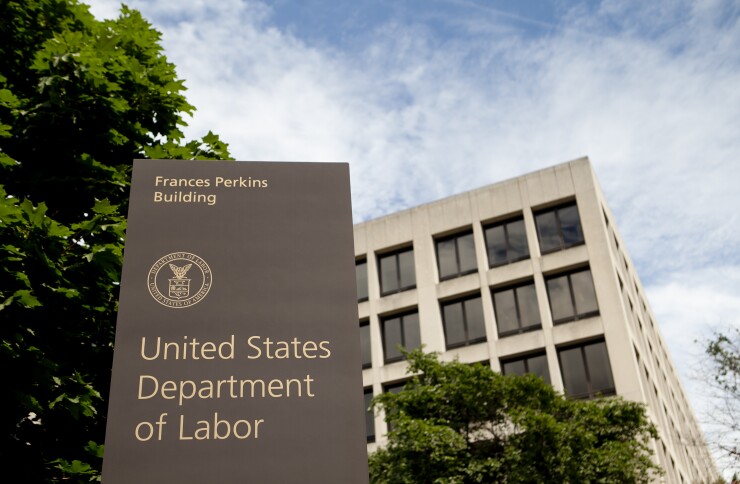The U.S. Department of Labor released a
The rule aims to help employers and workers better understand when a worker qualifies as an employee and when they may be considered an independent contractor under the Fair Labor Standards Act. It can also be important when determining how a worker should be treated for tax purposes.
The rule offers guidance on classification in an effort to combat employee misclassification, which can have an impact on worker rights, minimum wage and overtime pay, and wage theft.
"Misclassifying employees as independent contractors is a serious issue that deprives workers of basic rights and protections," said Acting Secretary of Labor Julie Su in a statement. "This rule will help protect workers, especially those facing the greatest risk of exploitation, by making sure they are classified properly and that they receive the wages they've earned."

The Labor Department said the guidance under the final rule will align with longstanding judicial precedent on which employers have historically relied to determine a worker's status as either an employee or independent contractor. It rescinds a
The new "independent contractor" rule restores the multifactor analysis used by courts for decades, so all relevant factors are analyzed to determine whether a worker is an employee or an independent contractor. The rule addresses six factors that guide the analysis of a worker's relationship with an employer, including any opportunity for profit or loss a worker might have; the financial stake and nature of any resources a worker has invested in the work; the degree of permanence of the work relationship; the degree of control an employer has over the person's work; whether the work the person does is essential to the employer's business; and a factor regarding the worker's skill and initiative.
In developing the new rule, the department said its
The Economic Policy Institute, a nonprofit think tank based in Washington, D.C., welcomed the final rule. An analysis by the group last year





